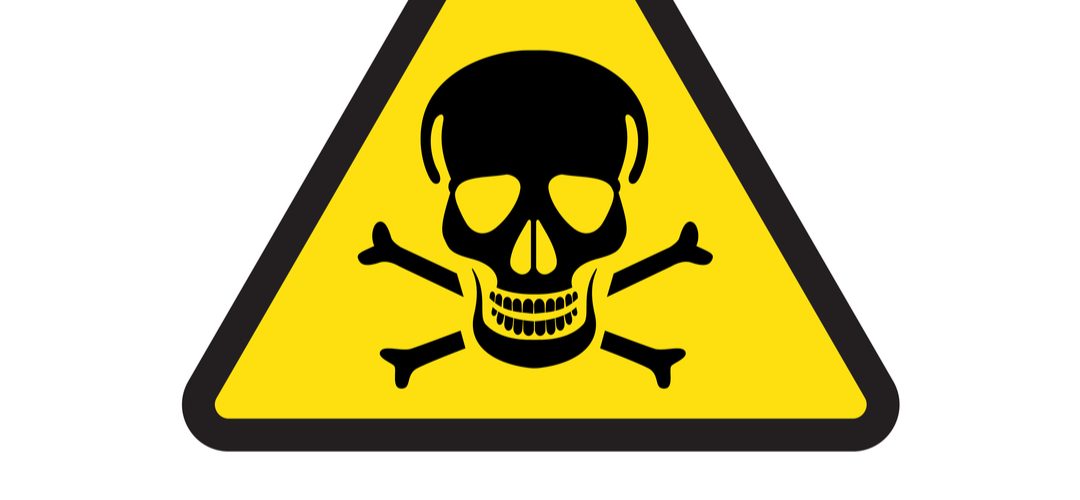Carbon Monoxide Leak Causes Residents in New York Nursing Home to Be Evacuated
Discovery of a carbon monoxide leak recently forced residents in a New York nursing home to be evacuated, in the early morning 3-degree bitter-cold temperature, to a hospital located next door to the facility. Not all of the approximately 80 residents were evacuated at first, only the 35 to 40 who had signs of carbon monoxide poisoning along with some employees. Soon after, however, emergency officials ordered the remaining residents to be evacuated.
One resident and one employee were admitted to the hospital and were expected to remain overnight.
The local fire chief reported that the carbon monoxide level in the facility’s boiler room, where it was first detected, measured 2,000 parts per million. The levels in the other parts of the building measured 60 to 80 parts per million. The fire chief said that both readings were far from normal. (According to the U.S. Environmental Protection Agency, a safe level of carbon monoxide in a home is from 0.5 to 5 parts per million.)
Several area fire departments and ambulances responded to the incident along with National Grid, the area’s service provider.
A plugged vent on the roof of the facility was suspected by the fire chief to be the cause of the leak due to recent heavy snowfall.
The facility’s spokesperson sent out an email that said the following, “National Grid, the local Fire Department, and the facility’s maintenance staff located the issue and are presently working on a permanent solution.”
The residents were returned to the nursing home in the afternoon of the evacuation.
Compliance Perspective
Failure to regularly monitor the carbon monoxide levels in a facility, particularly during times when temperatures are extremely cold, may place residents and employees at risk for carbon monoxide poisoning and trigger the need for evacuation of residents—many who may have fragile health conditions—and exposing them to extremely cold temperatures even for a short period may be deemed a breach of residents’ right to a safe, clean, comfortable, and homelike environment and considered provision of substandard quality of care in violation of state and federal regulations.
Discussion Points:
- Review policies and procedures regarding the facility’s monitoring of carbon monoxide levels to ensure the safety of the residents. If not already in place, might consider installing carbon monoxide alarms.
- Training maintenance staff to regularly monitor the level of carbon monoxide throughout the facility and to regularly check carbon monoxide alarms, if installed, to ensure they are working.
- Periodically audit to determine if maintenance regularly monitoring the carbon monoxide levels throughout the facility.












































































